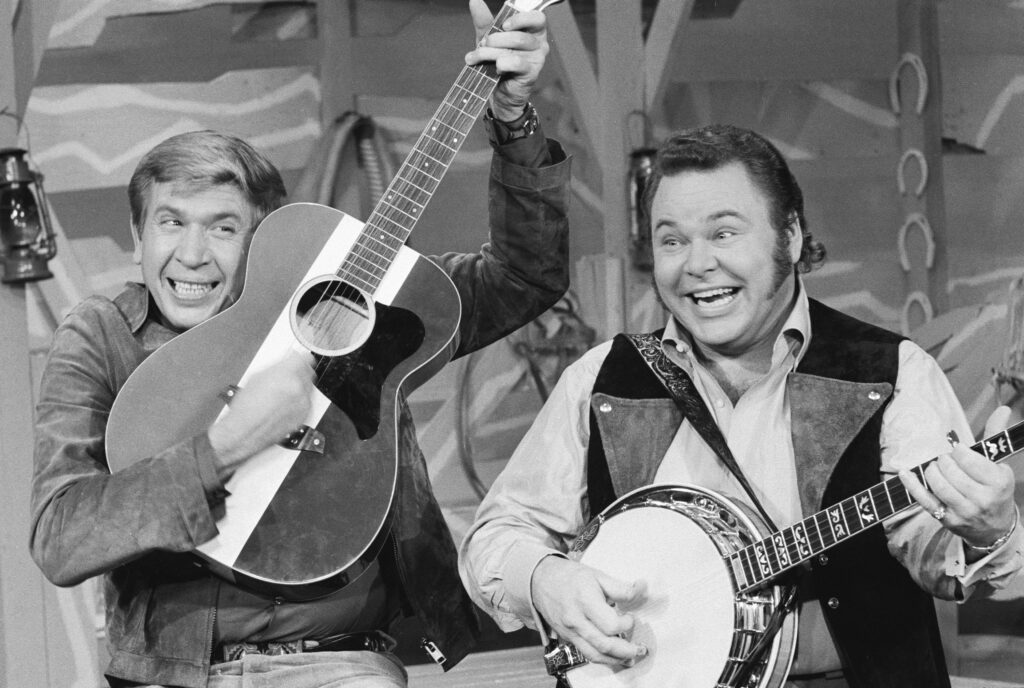
A Declaration of Devotion Wrapped in the Simplicity of Bakersfield Honesty
Released in 1962 as the title track of his second studio album, “You’re for Me,” Buck Owens crafted a concise, upbeat testament to unshakable love that exemplified the raw sincerity and twangy exuberance of the emerging Bakersfield sound. Although “You’re for Me” did not ascend the upper echelons of the Billboard charts like some of Owens’ later hits, its importance lies not in commercial supremacy, but in its role as a foundational piece—a stepping stone toward the signature style that would define a seismic shift in country music during the 1960s.
Buck Owens, already an established session guitarist and Capitol Records signee by the early ’60s, was on the cusp of crystallizing his unique voice in a genre increasingly dominated by the lush, orchestrated arrangements of Nashville. With “You’re for Me,” he sidestepped the polished veneer of Music Row and instead leaned into a stripped-down aesthetic—electric guitars pushed forward in the mix, a chugging rhythm section built for honky-tonk dance floors, and vocals delivered with earnest fervor rather than saccharine restraint. This song marked an early statement in what would become his lifelong allegiance to authenticity and directness.
At just under two minutes in length, “You’re for Me” is a marvel of economy—not only musically but emotionally. The lyrics are plainspoken declarations of love: “You’re for me and I’m for you / Together we’ll make our dreams come true.” There is no elaborate metaphor here, no poetic abstraction. Instead, Owens delivers a kind of rural romanticism rooted in trust and mutual belonging. It’s an unpretentious pledge between two people who have no need to dress up their emotions with flowery language; their truth is as self-evident as it is enduring.
The song’s brisk tempo and buoyant shuffle rhythm speak to joy rather than longing—a rare stance in a genre so often shadowed by heartbreak. But even in its lightness, there’s gravity. In 1962 America, against the backdrop of societal change and looming uncertainty, such a forthright avowal of companionship offered listeners more than escapism; it offered stability. In this way, “You’re for Me” functions almost as emotional architecture—a sonic shelter built from Telecaster twang and pedal steel resolve.
As time has passed, the cultural value of songs like “You’re for Me” has grown clearer. They serve as snapshots not only of personal emotion but also of musical evolution—markers along the road that led to the full flowering of Buck Owens’ artistry with later hits like “Act Naturally” and “Together Again.” Here we witness the groundwork being laid: melody crafted with brevity, lyrics delivered without guile, and instrumentation that resists excess while embracing exuberance.
In today’s era of densely layered production and ironic detachment, “You’re for Me” endures as an emblem of something rare—a love song that requires neither apology nor ornamentation. It simply is what it says it is: whole-hearted, open-handed devotion set to music that moves both heart and heel.